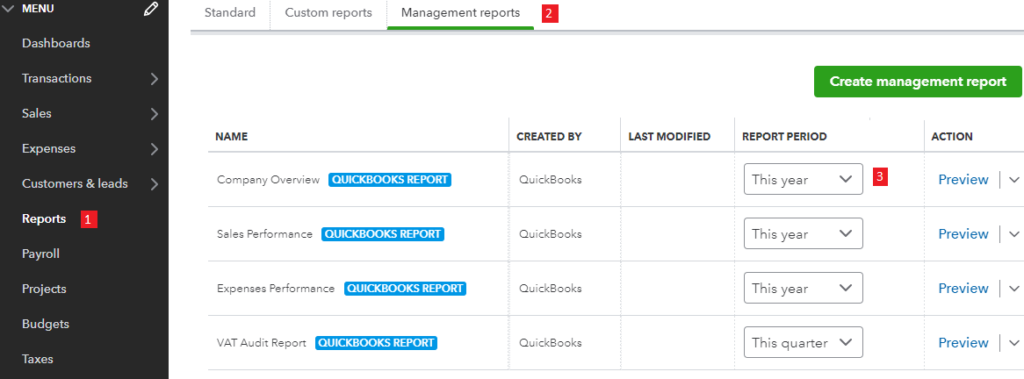As a small business, you are performing tasks that are repetitive and time consuming. With a lean approach to business and making the most of human resources, automating these repetitive tasks can save several hours of work per week
If you're already using QuickBooks to manage your accounts and finances, it's time to take advantage of QuickBooks' full potential by integrating it with other business applications.
Based on the type of jobs, we've written a list of 8 QuickBooks integrations to automate repetitive tasks and save time.
1. Time tracking and payroll for employees
Does your business calculate wages based on hours worked? Does your business have freelancers who are paid by the hour? Instead of manually keeping track of their billable hours or handling payroll month after month, you can automate it with QuickBooks Time to simplify payroll. With this integration in place, you can see who's working on which task, what they're working on, and how many hours they've worked for a given time period.
2. Manage orders from QuickBooks invoices
Inventory management can be a huge challenge for small businesses in the e-commerce industry. There are several invoices that you may need to create in QuickBooks after each successful order placed in your e-commerce application. Instead of doing it all manually, connect QuickBooks with your e-commerce application of choice and automate it. Set up workflows to create orders against new payment invoices, add an invoice against a new order update, and create more such use cases.
QuickBooks Online has integration with Shopify that allows you to manage and organize orders, customers, inventory and shipping. You can create similar automated workflows with other e-commerce platforms like ShipStation, Etsy, etc.
3. Project management through QuickBooks integrations
As an individual dealing with company finances or as a finance team, you may need to use multiple applications to keep track of invoices, assign tasks, track progress, and make sure you don't miss out. important announcements. A project management application can be useful to keep track of everyone's tasks, and also keep track of work/project progress. Instead of using QuickBooks to track new invoices or payments and project management to manually add new tasks for each new invoice or payment, you can automate this entire process.
QuickBooks integrates with BigTime allowing you to create automated workflows to track expenses and tasks. However, if you're using other apps such as Trello or Asana, you can connect QuickBooks Online to these apps and automate adding tasks against new invoices, new payments, new orders, and more.
4. Synchronize customer contacts and purchase histor
Customer data is very important for any business. With up-to-date customer information, it's easy to understand the customer's purchase intent and the time it may take to reach the sale. That's exactly why it's a good idea to sync all payment information from QuickBooks to your CRM. By integrating QuickBooks with your CRM of choice, you can create automated workflows to sync all of each customer's contact information and purchase history, and get a bird's eye view of each customer's purchase stage.
You can integrate QuickBooks with Salesforce, Zoho CRM, or any other CRM you're using.
5. Create clients in QuickBooks by importing information from different applications
Are you a business that creates new clients in QuickBooks on a daily basis? This is a time-consuming task and consumes energy for more important tasks if not automated.
You can get customer notes through Google Sheets. Connect QuickBooks with Google Sheets/Excel and automatically create new customers in QuickBooks against new form entries.
You can connect QuickBooks with applications like JotForm to capture form responses and turn them into QuickBooks clients.
6. Create invoices based on deal stages
For small businesses that are tracking their sales process in a CRM, this automation can be quite useful, especially if you have a large volume of sales in the process. Instead of manually creating invoices for every deal you close, you can simply set up an automation that does it for you when you update the deal stage in your CRM. You can use the time saved to focus on closing new deals!
Connect QuickBooks with HubSpot or Pipedrive to keep track of customers and create invoices when the deal stage is changed.
7. Send email reminders for pending invoices.
QuickBooks Online is a great software for automatically generating invoices. Synchronizing QuickBooks Online with email, gmail, etc. allows you to send your customers automated reminders before the deadline for paying an invoice.
You can integrate QuickBooks Online with Gmail, Mailchimp or ActiveCampaign for sending targeted emails and keeping track of new or changed customer data. No more manual reminders or constant rechecking for pending obligations.
8. Notify the team of activities in QuickBooks
Most businesses operate in manual ways where they have to send you notifications to the team for certain tasks. Through automation you can let your team know when a new customer is added or if a payment is enabled in QuickBooks Online. Instant notifications not only help your finance team stay on track, but also act as a motivator. After all, a new payment notification is more like a small victory for you and your team!
If you use Slack for internal communication, you can set up automated workflows to keep your team on top of every activity that happens in QuickBooks.
Conclusion
By using these automation processes, small businesses can easily save more than 8 hours of work per week! That's almost a whole day of work. Once you sync your payments and invoices with other apps, you can simply let workflows do the rest while YOU focus on growing your business. Integrate QuickBooks Online with your favorite work apps and free up your precious time to do the things that matter most 🙂





